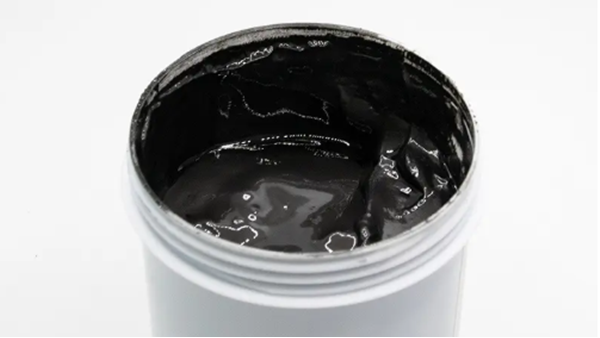With the continuous development of industrial automation technology, liquid level measurement technology continues to advance. Among many liquid level measurement devices, radar level gauges have received widespread attention due to their advantages such as high precision and non-contact measurement.
However, whether a radar level meter can be used for liquid level measurement in specific media such as carbon slurry requires in-depth discussion and analysis.

Carbon slurry is a suspended liquid containing solid particles commonly used in industries such as battery manufacturing. Characteristics include high viscosity, electrical conductivity, and the possible presence of corrosive substances.
These characteristics place special requirements on the selection of liquid level measurement equipment. Radar level gauges usually use microwave pulse or frequency modulated continuous wave (FMCW) technology to measure liquid level by transmitting microwave signals and receiving reflected signals.
Since microwaves can penetrate many media, radar level gauges are suitable for liquid level measurement in various complex environments.

However, when it comes to special media such as carbon slurry, the applicability of radar level gauges needs to be carefully considered. The following are several key factors:
1. Impact of conductivity: The conductivity of carbon slurry may interfere with the signal of the radar level gauge. Since microwaves are reflected on the surface of conductive media, this may lead to measurement errors. Therefore, it is necessary to select a radar level gauge model suitable for conductive liquids, or to take measures to reduce the impact of conductivity.
2. Adhesion problem: The high viscosity of the carbon slurry may cause materials to adhere to the surface of the probe, affecting measurement accuracy. In this case, regular cleaning and maintenance are necessary to ensure stable operation of the equipment.
3. Corrosive considerations: If the carbon slurry is corrosive, the material selection of the radar level gauge is particularly important. Corrosion-resistant materials can reduce the risk of equipment damage and extend service life.
4. Accuracy requirements: According to different application scenarios, the accuracy requirements for liquid level measurement are also different. Radar level gauges generally provide high measurement accuracy, but in practical applications, they also need to be calibrated and adjusted according to the specific characteristics of the carbon slurry.
Radar level gauges can technically be used for carbon slurry level measurement, but they need to be appropriately selected and adjusted based on the characteristics of the carbon slurry. By selecting the appropriate model and taking necessary protection and maintenance measures, the radar level gauge can accurately measure the liquid level of the carbon slurry.

The application of radar level gauges in carbon slurry level measurement is feasible, but it requires comprehensive consideration of the physical and chemical properties of the carbon slurry and environmental conditions, selection of appropriate equipment models, and appropriate configuration and maintenance.
Through scientific methods and precise technology, we can ensure the accuracy and reliability of liquid level measurement, thereby providing solid data support for the optimization of related industrial processes.
